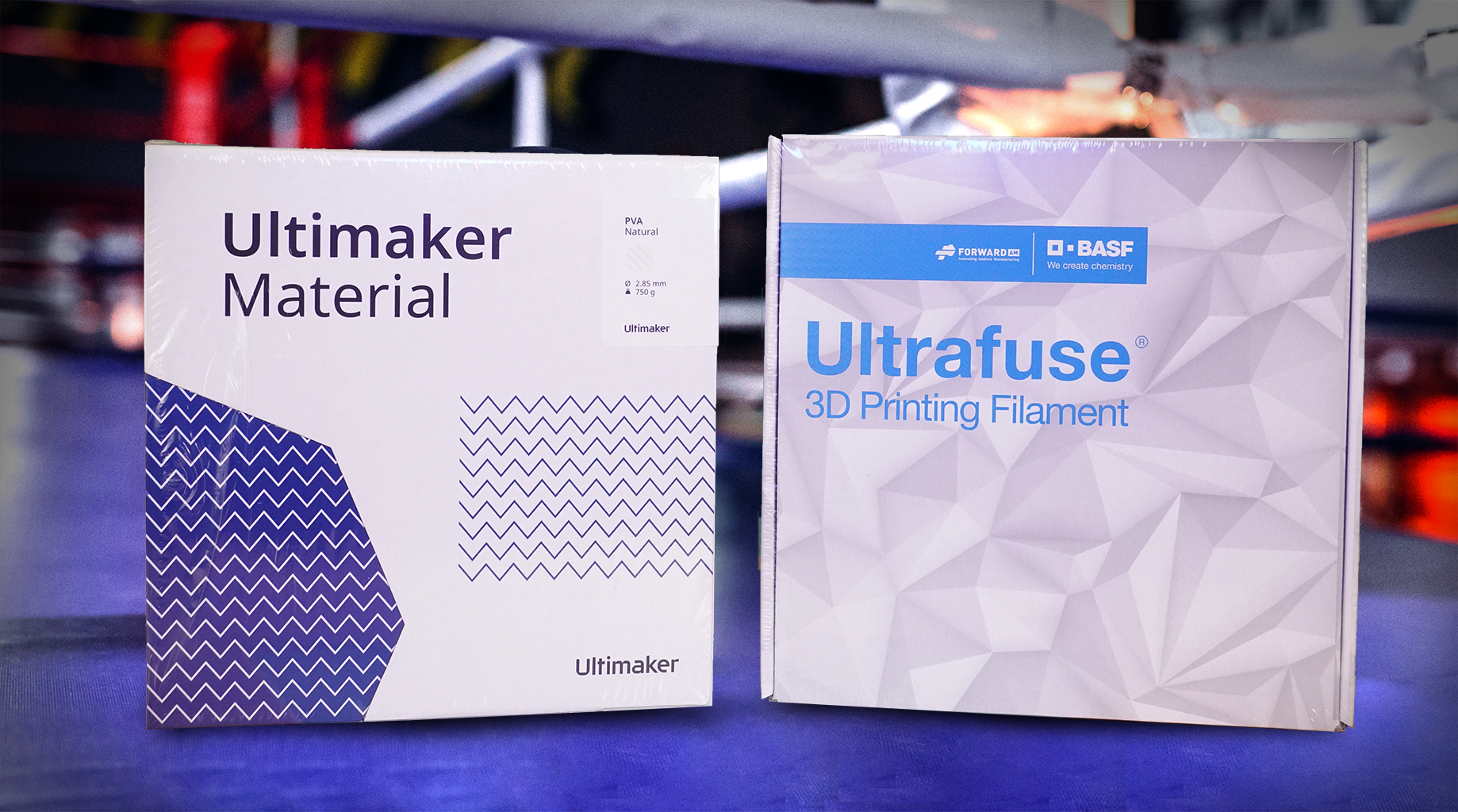BVOH vs. PVA: Which is Better?
May 05, 2022
Fused Filament 3D printing is fascinating, but not without it's challenges. For example, some 3D printers can not print steep angles or unsupported bridges. This is why support structures are needed. However, support structures can be very time-consuming and difficult to remove. This leaves many to ask, "Is there a solution to this problem?". The answer is, yes there is.
Here come the water-soluble filaments to save the day! Water Soluble filaments dissolve in water after only a few hours, making it an ideal material to use for supports! Today we will be taking a quick look at the most popular water-soluble filaments: PVA and BVOH. Which is better?
PVA stands for Polyvinyl Alcohol. As the most popular water-soluble filament, it is compatible with a few other materials. For instance, Ultimaker is naturally compatible with PVA PLA, Tough PLA, PETG, Nylon, and CPE. However it doesn't get along with ABS and others. On the plus side, it's cheaper than it's peers and it does the job. The downside is that it has a higher tendency to clog the nozzle and takes a longer time to dissolve.
On the other hand, we have BVOH (a.k.a. Butenediol vinyl alcohol copolymer). BVOH has a higher price point, but comes with some it's own set of advantages. For one, it takes a shorter time to dissolve and has a broader range of material compatibility. For example, BASF Ultrafuse BVOH is compatible with Ultrafuse PLA, ABS Fusion+, TPUs, PET, PA, PAHT CF15. In addition, it prints much better and won't clog your nozzle quite as often.
Despite all the advantages of BVOH over PVA, the latter is a good and cost-friendly alternative depending on the number of supports and complexity of the model. So which one do you think fits your needs better?
Also in News

2025 HOLIDAY HOURS
December 05, 2025
As we gear up for the holidays, our schedule will look a little different. Please take note of our adjusted hours!

Holiday Shipping Notice 2025
December 05, 2025
With the holidays fast approaching, shipping volumes for Canada Post and all other couriers are expected to be higher than usual.
If you’ve been eyeing a 3D printer or accessory to gift that special person, or you’re looking to pamper yourself with a 3D printing gift this season, delay no further! We encourage you to plan ahead to give extra time to allow for the arrival of your order.
If you’d like your order to arrive before Christmas, make sure to order by December 12th.

Shop3D.ca at ADM Toronto (Advanced Design & Manufacturing Expo)
September 23, 2025
Shop3D.ca, Canada’s leading provider of 3D printing solutions, is proud to announce its participation in the Advanced Design & Manufacturing Expo (ADM), taking place October 21 – October 23, 2025, at the Toronto Congress Centre.


